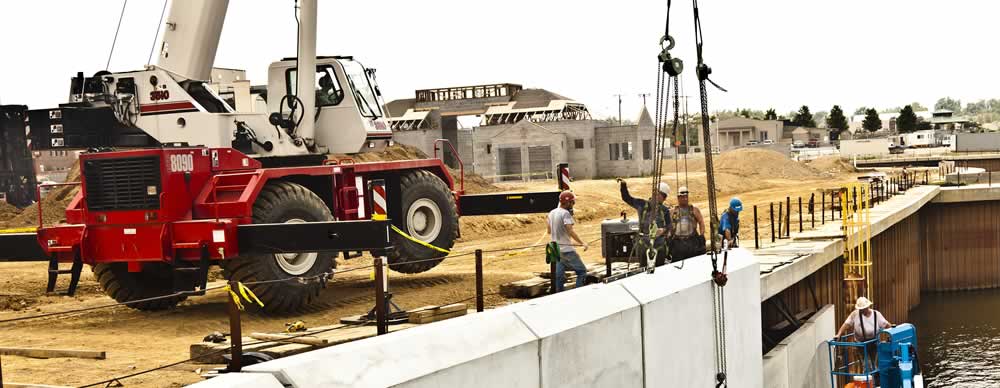Chapter Gallery of Images
What's Done, What's Next: A Civic Pact
Chapter Two:
Underlying Big Decisions,An Owensboro Operating System That Works, Mostly
by Keith Schneider
August 19, 2011
Strong Leadership
Still, there is one more critical facet of Owensboro’s progress that is neither well-recognized nor well-regarded in the city or in Daviess County. And that asset is how effectively both jurisdictions have been managed in recent years, and how they’ve learned to cooperate and collaborate.
Those features of local governing have done more than produce budget surpluses in an era more commonly defined by deficit. They prompted the city and county to jointly approve a tax increase on local insurance policies in 2009 that provided $80 million in funding for far-reaching downtown development projects. They’ve enabled Daviess County to invest $6 million in a local 27-acre campus for Western Kentucky University that includes a 30,000 square foot, wired-for-the-new century classroom building that serves hundreds of students and where 40 people are employed. Smart decision-making and surpluses also provided the wherewithal for Owensboro to provide $14.5 million in incentives and grants to enable the U.S. Bank Home Mortgage Company to expand its facilities over the last year and add 500 new jobs, although those jobs are not downtown.
Just as importantly, Owensboro’s Mayor Ron Payne, a Republican who endorsed the re-election of Democratic Governor Steve Beshear, and Daviess County Judge Executive Al Mattingly, a Republican who once was an Independent, are civil to each other in public, and in private are said by colleagues to have found a way to work together. That has helped accelerate the pace of decisions, an important competitive advantage that unlike big-ticket infrastructure projects, doesn’t cost anything. The two ran against each other three years before in the Owensboro mayoral race.

It took the Owensboro Medical Health System five months in the late summer and fall of 2009 to gain permits to build a $385 million hospital east of downtown. If the same proposal to move a big downtown hospital was made in Pennsylvania, Ohio, or any of a dozen Michigan cities, the public process to decide on zoning changes and permits could easily consume years, and end up with a decision to deny the new location.
Describing the city and county governments as well-managed, of course, is certain to generate either dismay or howls of laughter in the quarters of the community familiar with the back-and-forth, missed opportunities, unexpected decisions, and the other actions taken by elected leaders that one or another group considers foolish.
For instance, Jeff Barber, the chief executive of the Owensboro Medical Health System, sourly recounts five months in the late summer and fall of 2009. That was the time that it took the region’s largest employer to secure from the city commission and the Metropolitan Planning Commission’s Board of Adjustment the zoning changes and conditional use permits needed to start construction on a $385 million hospital. The hospital, he said in an interview, fit the requirements of the regional land use master plan and was less than two miles from its current downtown location. “It baffled me,” Barber said.
If the same proposal to move a big downtown hospital, though, was made in Pennsylvania, Ohio, or any of a dozen Michigan cities, the public process to decide on zoning changes and permits could easily consume years, and end up with a decision to deny the new location.

